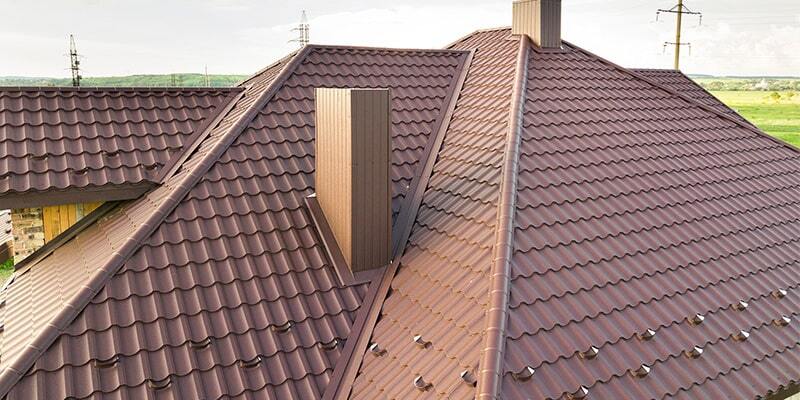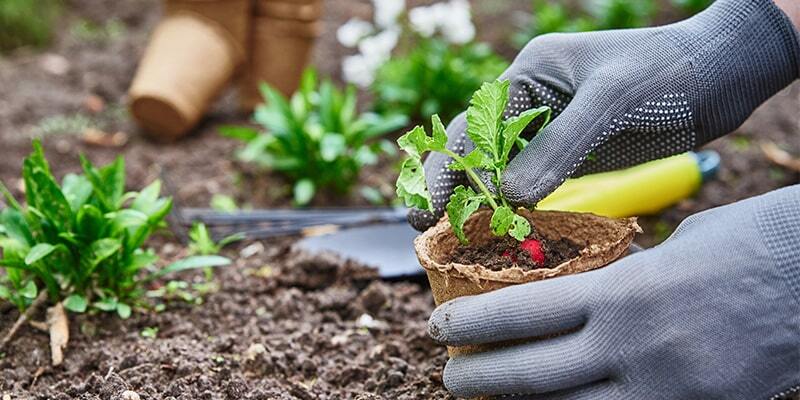How to Protect Your Home from the Summer Sun

Of all the homes and flats owned and rented throughout the UK, the vast majority were built prior to 1980. There’s good reason for this, many older builds benefit from time-tested techniques with exceptionally strong brick and stone constructions. Even built in the early 1900s and before, they are still able to enjoy all our modern amenities well into the future.
That is, however, assuming they are exposed to similar conditions now as when they were built. It shouldn’t be any surprise that just recently we recorded the UK’s highest temperature this summer, with the heat in some places topping 40°C. An almost 10°C increase from last year’s highest recorded. What may be a shock though, is the impact this heat can have on our homes. So, from investing in breathable insulation to keeping your windows closed during the day – here is our advice for keeping your home cool in hot weather.
Contents:
- The Dangers of Overheating
- How to Keep Yourself Cool in Your Home
- How Heat Damages Our Roofs
- Best Roofing Materials to Combat the Heat
- Can Heat Harm Our Gardens?
- Tips for Keeping Your Plants Safe from the Heat
The Dangers of Overheating
The simple fact is our homes are woefully underprepared to handle, what will very likely be, an increasing number of heatwaves. Being built in a time when summer meant one less day of rain, most of our older properties are at severe risk of overheating. This, unfortunately, is due to the myriad of energy-saving measures we have put in place over the years to prevent heat from escaping. Including internal insulation, darkly coloured facades and non-shaded glazing.
The risk is even greater for those living in more heavily populated areas, as well as top-floor flats with no access to tree cover. When all of these factors combine, you’ll quickly find that the warmth so sought after in the winter will build and build to potentially dangerous extremes. In addition to simple headaches, dizziness and lethargy consistent high exposure can even lead to heatstroke.
How to Keep Yourself Cool in Your Home
Every room in your home will handle the temperature differently. Heavily furnished and often occupied bedrooms and living rooms seal in the heat far more than bathrooms for example. However, retreating to the toilet every time you start to sweat is hardly an effective solution to the heat. Here are a few added tips to keep yourself protected.
- Breathable Insulation – With buildings at risk of overheating, we cannot overstate how important the quality of your insulation is. Material with a high thermal mass and improved breathability, including sheep wool and other natural insulation, tend to be the best choices.
- Shades & Heat Reflective Glazing - Heat can enter our homes in a variety of ways but in few places more easily than our windows. Investing in shades, blinds and suitable reflective glazing then, very much as your first line of defence. Letting light whilst bouncing back heat.
- Change Your Behaviour – Opening your windows first thing in the morning may have become a habit, but it is one well worth breaking. Your doors and windows only provide an effective means of cooling down your home when the external temperature is less than the internal, so keep note. It is also well worth keeping appliance usage down and increasing how much water your drink throughout the day.
How Heat Damages Our Roofs
Our homes aren’t just vulnerable to letting heat in, they can also bear the brunt of harsh UV rays. Rapid expansion and contraction around your guttering can cause the metal to crack, leading to leaks and stains. Dry conditions and heat also tend to do a number on older fixings. Extended exposure can cause nails holding down your tiles and slates to fail which will lead to them becoming loose, opening a path for water to easily ingress into your loft.
Best Roofing Materials to Combat the Heat

When it comes to hot weather materials, two stand out far ahead of the pack. The first of which is metal. Available in both tile and sheet form, metal boasts a phenomenally reflective surface, able to keep as much as 90% of sunlight away from your roof. It is also exceptionally strong, well able to resist high winds and impact damage and comes with an impressive lifespan to boot.
Concrete is another great choice, preferred in many dry climates. Not only are they completely fire resistant, but they require very little maintenance and cleaning – perfect for those trying to conserve water. Concrete can also be fully recycled at the end of its lifespan, making them one of the most environmentally friendly options for a roof.
Can Heat Harm Our Gardens?

It only takes a few degrees over 29, for our plants to start feeling the detrimental effects of hot weather. As you might have guessed, this tends to show itself with wilting. At these temperatures grass, flowers and some vegetables will start to show signs of water loss – typically by drooping and losing their colour. Left alone, they will eventually die and dry up to crunchy, yellow husks.
Your deck can suffer a similar fate if left unattended. Wood can dry up just as easily as plant life, with shrunk and cracked boards becoming a common sight amidst heatwaves. Like an unprotected roof, this will more easily allow for rainwater to be absorbed, swelling the wood back up. Repeating this cycle over an extended time will cause the deck to lose its integrity, ripping the fixings from their joints as the wood warps to an unrepairable state.
Tips for Keeping Your Plants Safe from the Heat
Regular care is the answer for exposed plant life. Plant seeds deep, water early and take the time to lay down suitable mulch. This will not only help to reflect the heat but will also greatly improve water retention in the roots. In addition to this, you can also take pre-emptive action by introducing some additional shade in the form of shade cloth or row covers.
Any More Questions?
In a heatwave, staying cool can be a full time-job but, rest assured, our award-winning customer service team is here to help. Offering expert advice on picking out the very best materials for your home. Simply call us on 01295 565565 or talk to us using the handy chatbox below.